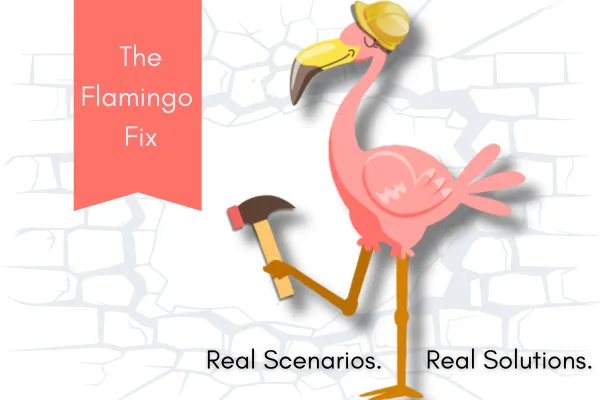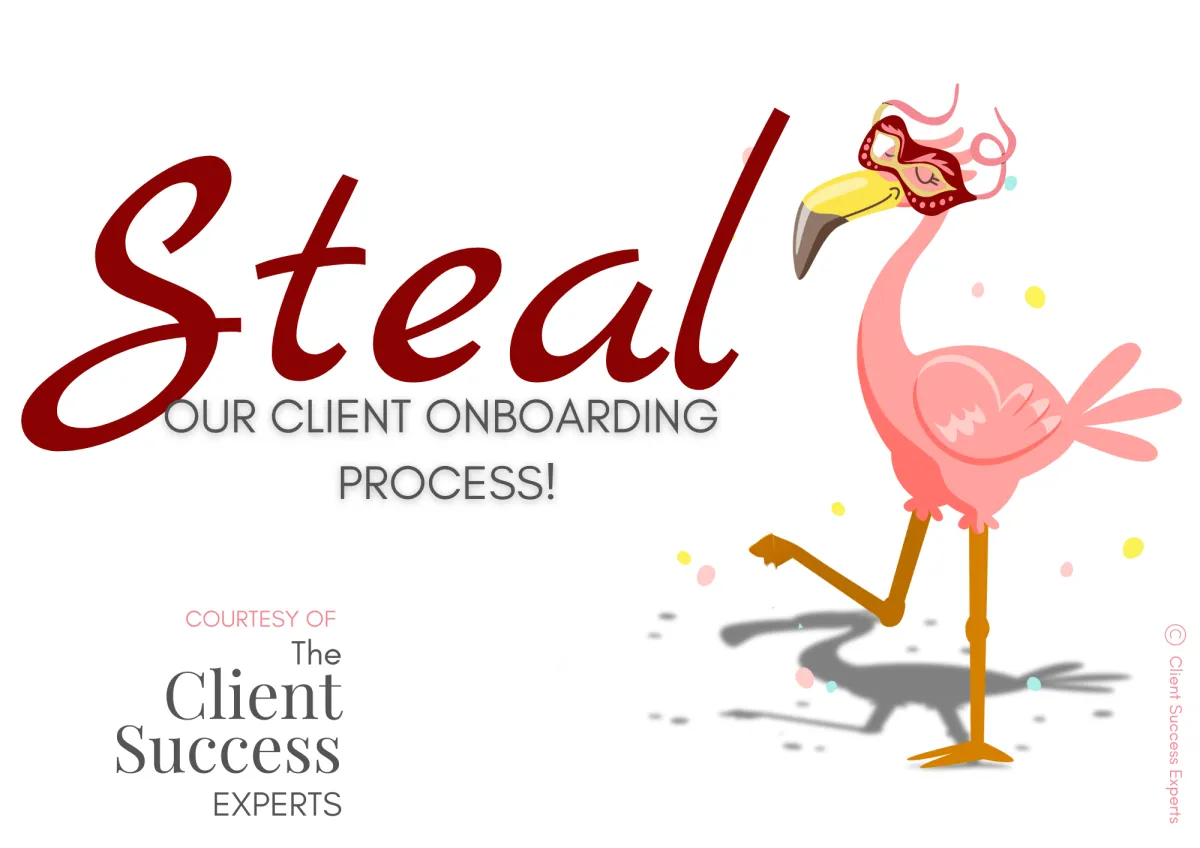Read the Blog!

Flamingo Fix 023: How to End Client Relationships Without Drama: The System That Makes Difficult Conversations Easy
I knew my client relationship had to end.
For an entire month, I woke up knowing what to do. And every day, I found another reason to wait.
What about the money? What about them? What about their reaction?
Before I could act, they called. More hours. Lower rates. Fifteen minutes of trying to devalue everything we'd built together.
Here's what I realized: The conversation I was avoiding to protect them was actually protecting me.
I wasn't worried about hurting them. I was worried about the mess—figuring out payment, my income gap, handovers, and explanations and reactions on the fly.
The fear wasn't about ending the relationship. It was about not having a system for ending it well.
Two days later, I had the conversation. A week later the relationship ended per our contract. Cleanly. Professionally. Following the process I should have built months earlier.
Your procrastination isn't about the conversation. It's about the chaos that follows.
Build the system first. The conversation becomes easy.
🦩The Full Pink System: The Client Offboarding Process for Ending Relationships Prematurely
This system works because it transforms an overwhelming emotional decision with multiple moving parts into a professional business process. You can focus on having the conversation knowing the entire transition framework is already in place, making the decision feel safe and fair for everyone involved.
STEP ONE: Design Your Client Handover Process
Map out exactly what you need to hand over to clients if you close out the relationship mid-service. Create a checklist of:
deliverables completed to date,
files and documents,
login credentials,
project documentation,
recommendations for next steps, etc.
Having this pre-planned eliminates the scramble of figuring out "what's fair" when emotions are high.
STEP TWO: Create Your Internal Project Closure Process
Map out what your team needs to do internally to close out your project. That checklist can include:
Closing out the client contract or updating client project files
Project management processes like project file updates and client records archival
Accounting processes like final invoicing and refunds,
Systems protocols like removing access, etc.
Team retrospective call to capture and document lessons learned for future client screening and service improvements.
STEP THREE: Build Your Early Exit Framework
Create standard terms that cover notice periods, refund policies, and transition timelines. Include those terms in your contracts.
Design a gameplan for what happens financially if you need to end a client relationship early. Finances shouldn't hold you or your client hostage.
🦩Your 5-Minute Pink Process Rescue
If you've been avoiding ending a relationship for more than two weeks:
Schedule the conversation within the next 48 hours.
Write down exactly what you're afraid will happen if you have that conversation.
Prioritize each fear by rating the likelihood and impact on a scale of 1-5. 5 is high impact, or most likely to happen. 1 is low impact or least likely to happen.
Create a fair response plan for the fears ranked as having both high impact AND high likelihood.
Most fears about ending relationships professionally never come true. But avoiding the conversation always creates more problems than having it.
🦩Your Next Pink Steps
Ready to stop procrastinating the conversations you know you need to have?
OPTION 1: Book a Pink Systems Intensive. In one day we will build the system that transforms ending client relationships into a professional process, not an emotional crisis. Book Your Intensive Today →
OPTION 2: Get the Client Behavior Blueprint. You can't avoid difficult conversations. But you can design relationships that make them easier. Access the Blueprint Today →
OTHER OPTIONS:
1. Book a Curiosity Call today. We'd love to know what's going on with you. Let's collaboratively determine how we can equip you with processes that position you to be a leader who honors you AND your people: Schedule Your Call →
2. Get posts like this straight in your email. Subscribe to Pink Flamingo Fix →
Real expertise isn't following a roadmap perfectly—it's knowing when and how to adapt the map.




